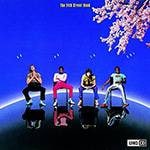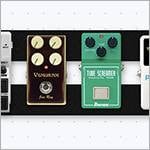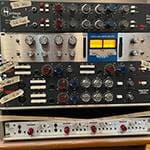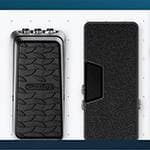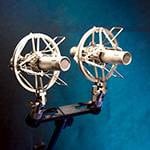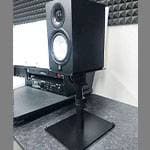Legendary Hammond Organ Players and Albums – Part II
Vagabond Synth Nerd’s Journal, Vol. 56 is the second part in my feature on iconic players and classic albums showcasing the legendary Hammond organ. In the previous article, much of the space was devoted to the technical structure of the Hammond itself, so I wasn’t able to fully introduce the players and albums. This time, for Part II, I’m picking out two records from the hard rock category.
When it comes to Hammond players in rock, names like Keith Emerson (EL&P), Rick Wakeman (Yes), and Rick Wright (Pink Floyd) come to mind, all of which are progressive rock giants. These three have already been featured in this series, though in the context of synthesizer players.
As for Rick Wakeman, I previously highlighted his Hammond solo on the album Close to the Edge, so he will be omitted here.
Master of Virtuosity – Keith Emerson
First up is Keith Emerson. He’s the genius keyboardist who inspired me to start playing keys in the first place. While primarily known as a synthesizer player, Emerson was also an exceptional Hammond organist.
He was notorious for his sadistic treatment of the instrument—kicking it, toppling it over, even stabbing it with knives during performances. That said, in live shows he never damaged the expensive Hammond C3. Instead, he used the cheaper and lighter Hammond L model for those dramatic antics.
Of course, such rock-stage theatrics (which seemed incredibly cool to a high schooler at the time) are only one side of the story. Emerson’s incredible technique can be clearly heard on every one of his albums showcasing his true musical genius.
■ Recommended Album: Emerson, Lake & Palmer — Tarkus (1971)
EL&P’s masterpiece. The album features a suite-like composition exceeding 20 minutes in length that reflects the progressive rock trend of the time.
Right from the start, Emerson’s left hand plays a rapid, odd-meter bassline that alone is impressive, but he simultaneously plays the main themes and manipulates synthesizers, both of which showcases his extraordinary technique. Performing this live made Keith one of rock’s top players.
The percussive bassline benefits greatly from the distinctive, crisp tone unique to the Hammond organ.
Interestingly, there’s an urban legend that Keith Emerson had almost no concept of chords and couldn’t read chord charts during recording sessions.
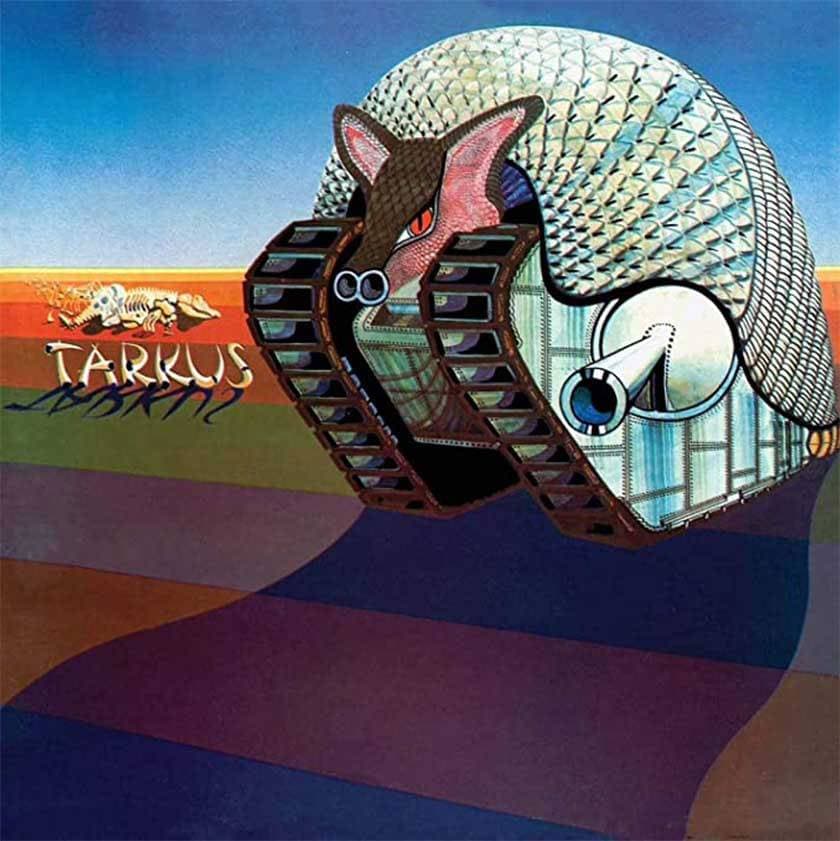
Recommended Track: "Tarkus"
When producing albums, Keith Emerson never created songs that resembled one another.
"Tarkus," in its theme, structure, and execution, is a quintessential example of progressive rock perfection. And yet, despite its acclaim, Emerson never tried to write another track like it. Fans often hoped for another “Tarkus”, but such a track never appeared on any subsequent album.
This was likely due to Keith’s pride as a composer. He was a musician who refused to repeat himself. Chasing after “a second hit” was simply not in his nature.
By contrast, Greg Lake’s compositions often bore similarities to one another. It makes one wonder what Keith thought about this and if he was aware of it.
■ Uriah Heep – Musical Director Ken Hensley
Uriah Heep was a hard rock band formed in the UK in 1970. With David Byron on vocals, Mick Box on guitar, and Ken Hensley on organ, they were known for their well-crafted ensemble sound.
At the time, the band was seen as more than just hard rock. Their prominent use of the Hammond organ and Minimoog synthesizer gave their music a strong progressive rock flavor, and they were often categorized as prog-hard or “progressive hard rock”.
Their album covers—illustrated by Roger Dean, who also worked with Yes (notably for Demons and Wizards and The Magician’s Birthday)—may have further encouraged listeners to view them through a progressive rock lens.
Ken Hensley played on the Hammond B-3 organ. While it shares the same specs as the C-3 model used by Jon Lord, the B-3 differs in that it is not a cabinet type. It, instead, has four legs beneath the keyboard instead.
Although Uriah Heep's sound leaned more toward hard rock than progressive rock, they also had a more fantastical side, as heard in tracks like "July Morning", which featured rich vocal harmonies from the band. Ken Hensley wasn't just a keyboardist; he also plays guitar and often shows off his skills during live performances. One of the defining features of Hensley’s organ sound was his use of a Leslie speaker driven through a Marshall head, producing a heavy tone. Listening to their live albums, the unique distortion this setup created adds a distinctive and powerful character to the music.
■ Recommended Album: Look at Yourself (1971)
Uriah Heep's biggest hit and arguably their greatest masterpiece. This album perfectly blends the band’s signature melodic style with their heavier, hard rock elements.
Tracks like “Look at Yourself” and "July Morning" are both pop-leaning and melodic, while still containing clear progressive rock influences.
The original LP jacket featured a mirrored center that was cleverly designed so that the listener’s face would be reflected, literally allowing you to look at yourself, which is in line with the album’s title.
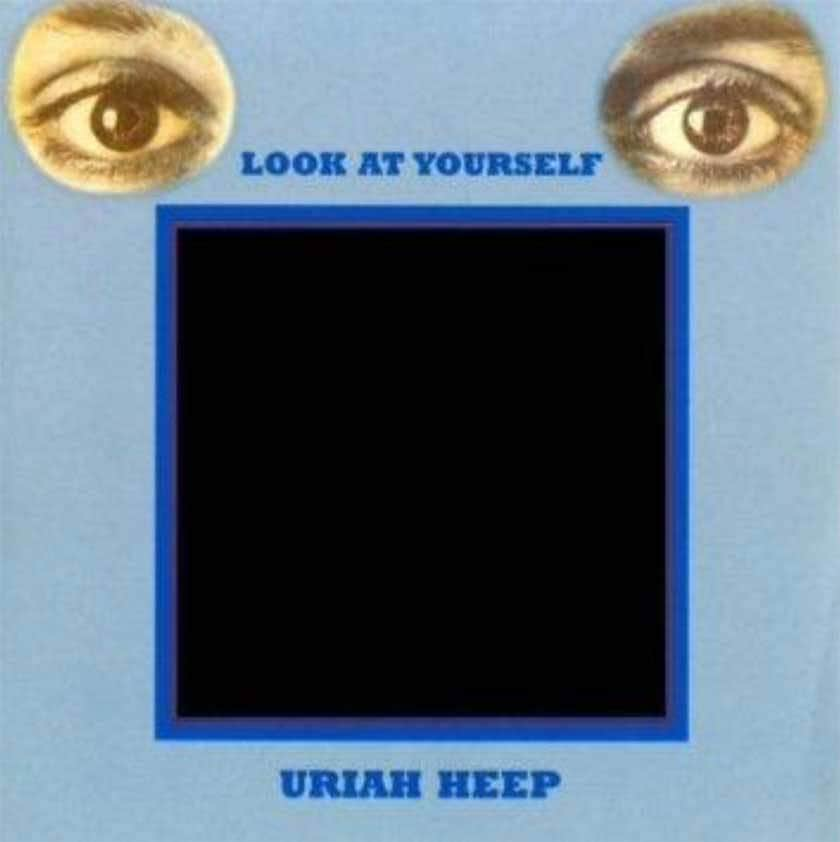
Recommended Track: "July Morning"
A classic Uriah Heep song that begins with Ken Hensley’s Hammond organ. His solo isn’t technical, but it’s memorable for its melodic phrasing that makes clever use of the chord tones in F minor and G minor. I remember covering it myself when I was 20. In the UK, this song is known for being played at weddings.
In the latter half of the track, guest musician Manfred Mann delivers an outstanding synthesizer solo. The song's brilliant central riff is repeated while guitar and synth improvise over it. Manfred Mann varies the tone during these repetitions using portamento and sample & hold techniques.
By setting a long portamento, he blurs the sense of pitch before snapping it back at just the right moment. With sample & hold, he modulates the oscillator, removing the sense of pitch altogether and creating a cosmic, spacey sound.
Toward the end, the sound becomes almost chaotic before fading out. While difficult to explain in words, the sheer creativity and boldness of this early '70s synthesizer work reflect the artistic pride of a true musician.
This synthesizer solo couldn’t have been performed on a Minimoog, as the Minimoog lacks a sample & hold function. It’s likely that Manfred Mann used an ARP Odyssey to play this solo. Be sure to listen to the original recording!
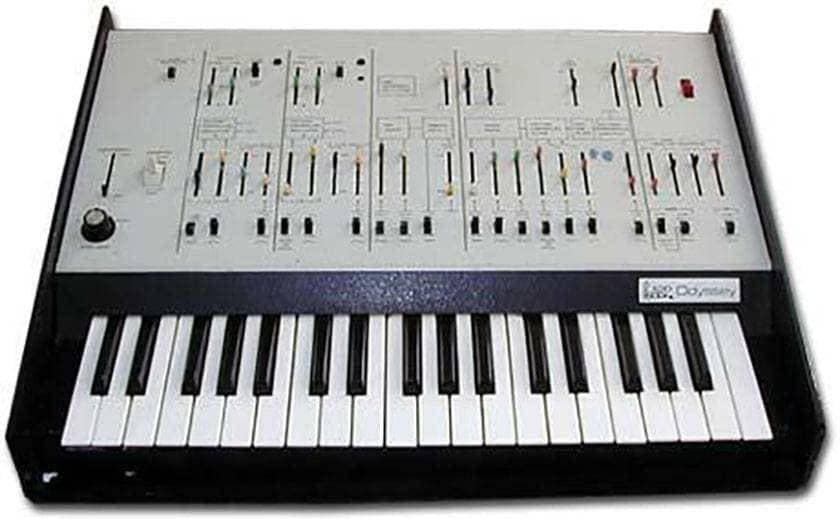
ARP Odyssey synthesizer
■ Featured Musicians, Albums, Recommended Tracks, and Keyboards
- Artists: Emerson, Lake & Palmer, Keith Emerson, Uriah Heep, Ken Hensley, Manfred Mann
- Albums: Tarkus, Look at Yourself
- Tracks: "Tarkus", "July Morning"
- Gear: Hammond B-3 organ, ARP Odyssey
The “sound & person” column is made up of contributions from you.
For details about contributing, click here.






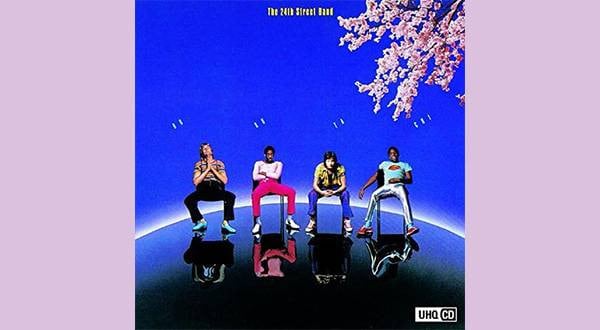
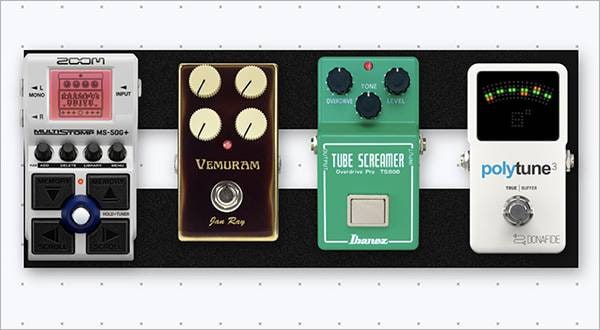
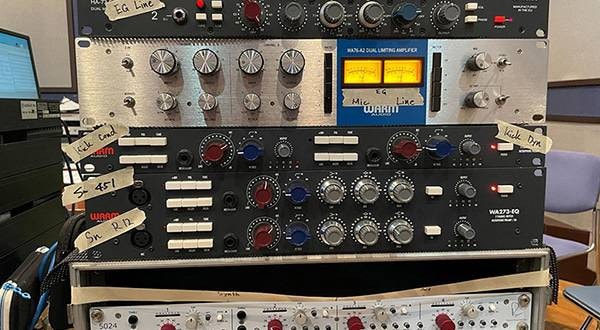
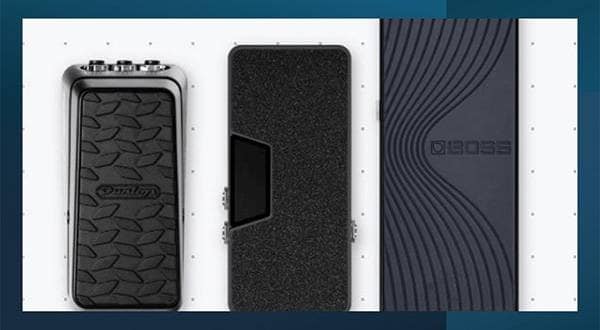
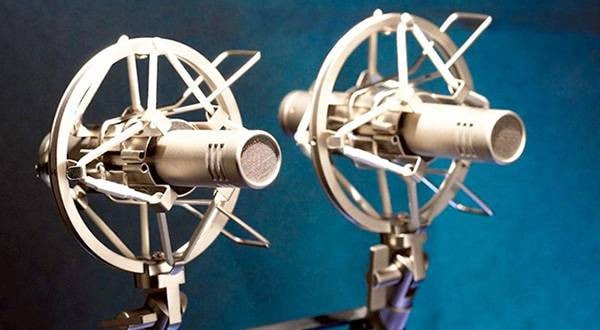
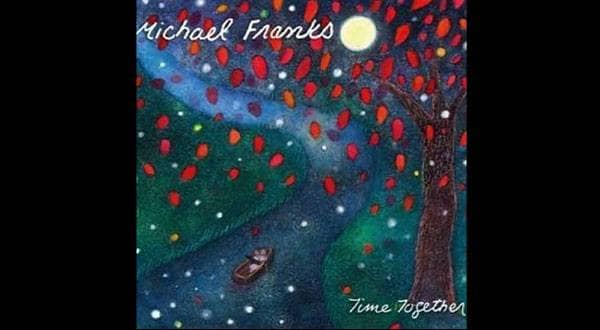
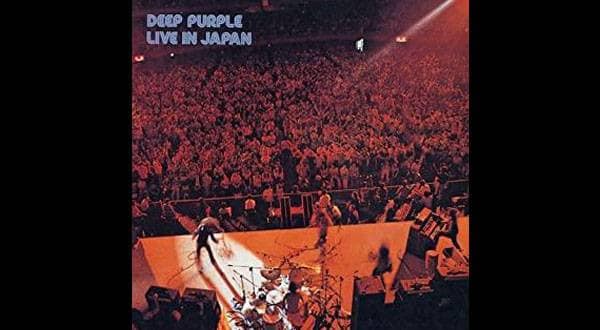
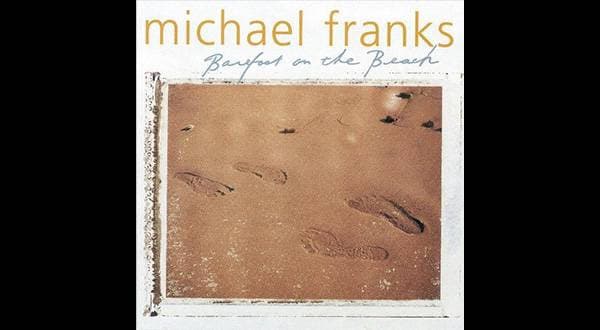
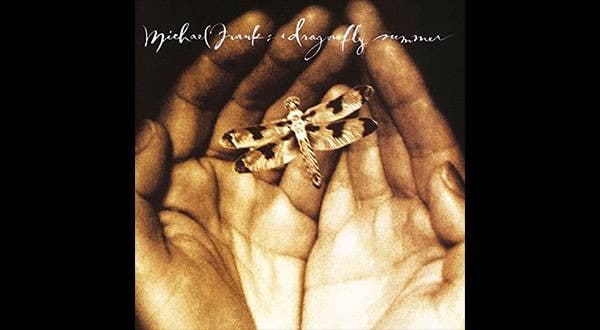
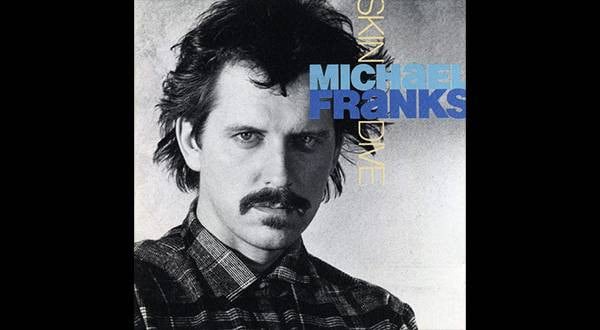
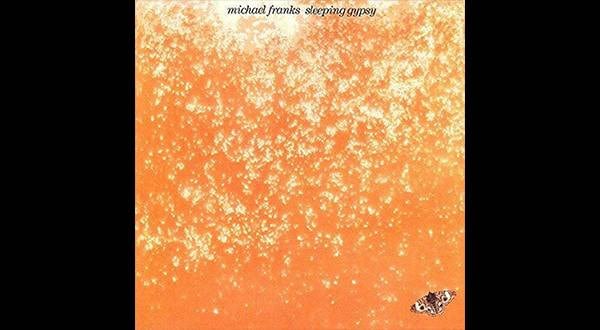
 Roland 電子ピアノデジタルピアノ購入ガイド
Roland 電子ピアノデジタルピアノ購入ガイド
 おすすめの電子ピアノ
おすすめの電子ピアノ
 超オススメのフレーズ道場 キーボード
超オススメのフレーズ道場 キーボード
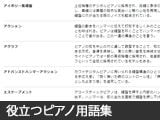 自分にあったピアノを選ぼう!役立つピアノ用語集
自分にあったピアノを選ぼう!役立つピアノ用語集
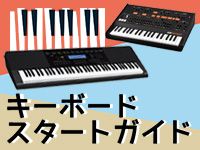 キーボードスタートガイド
キーボードスタートガイド
 キーボード・ピアノ講座
キーボード・ピアノ講座
